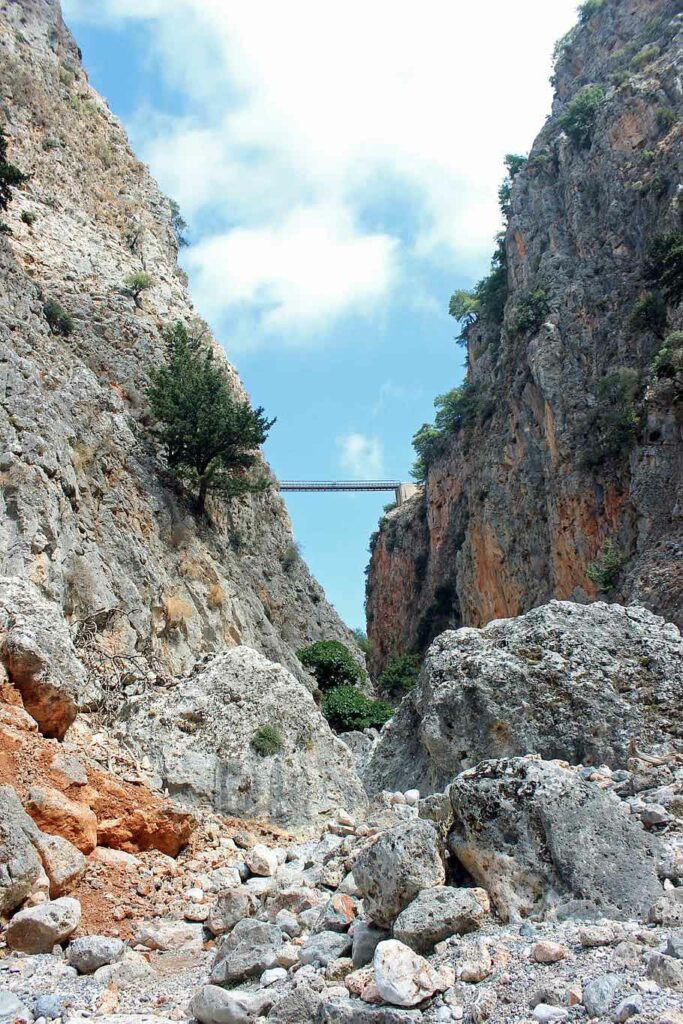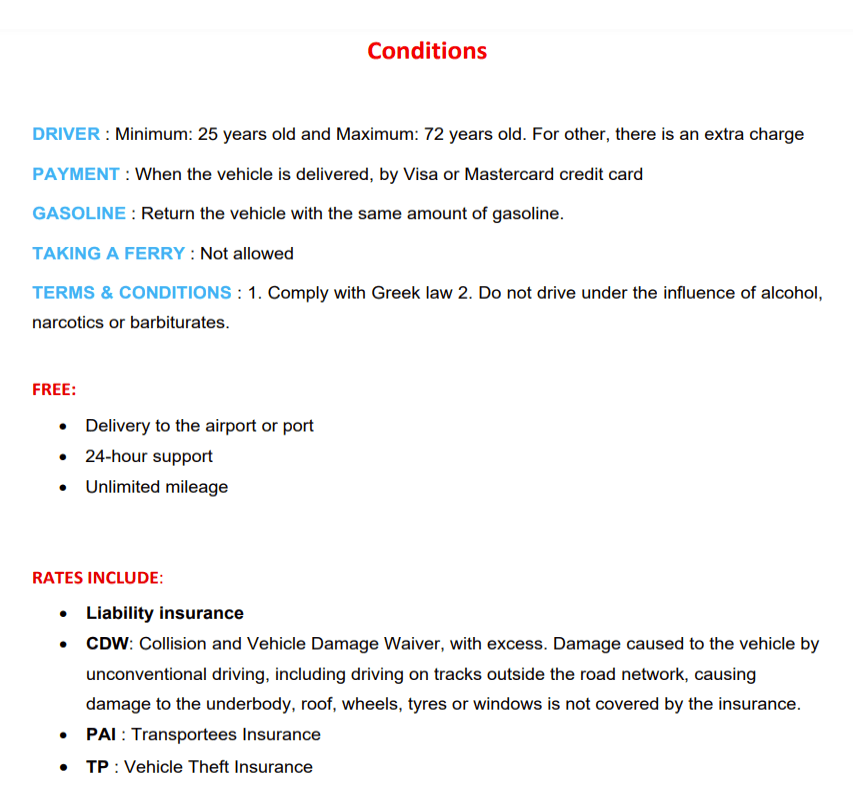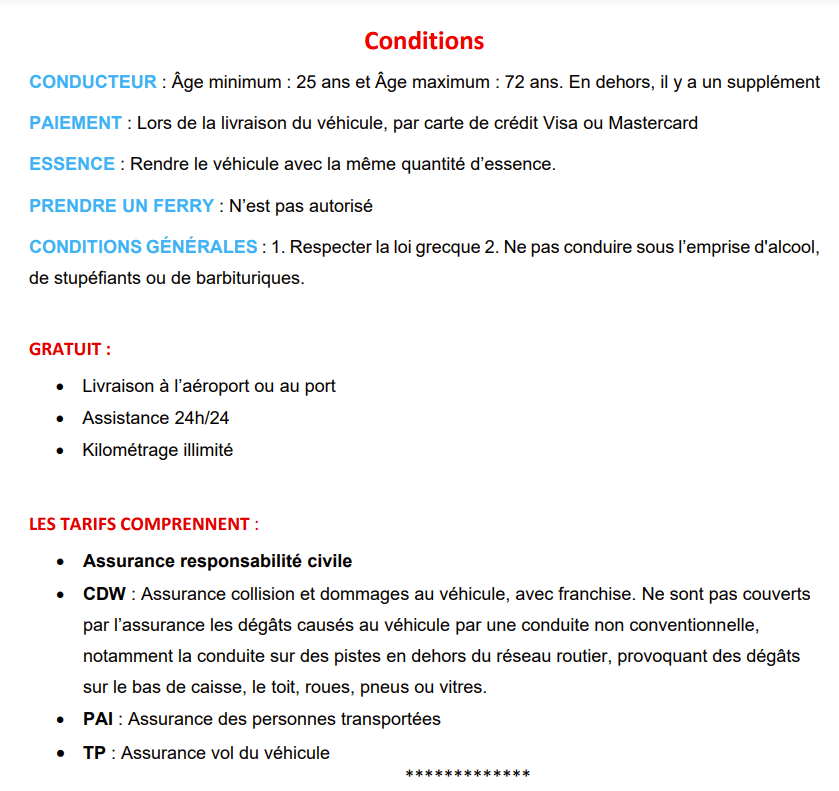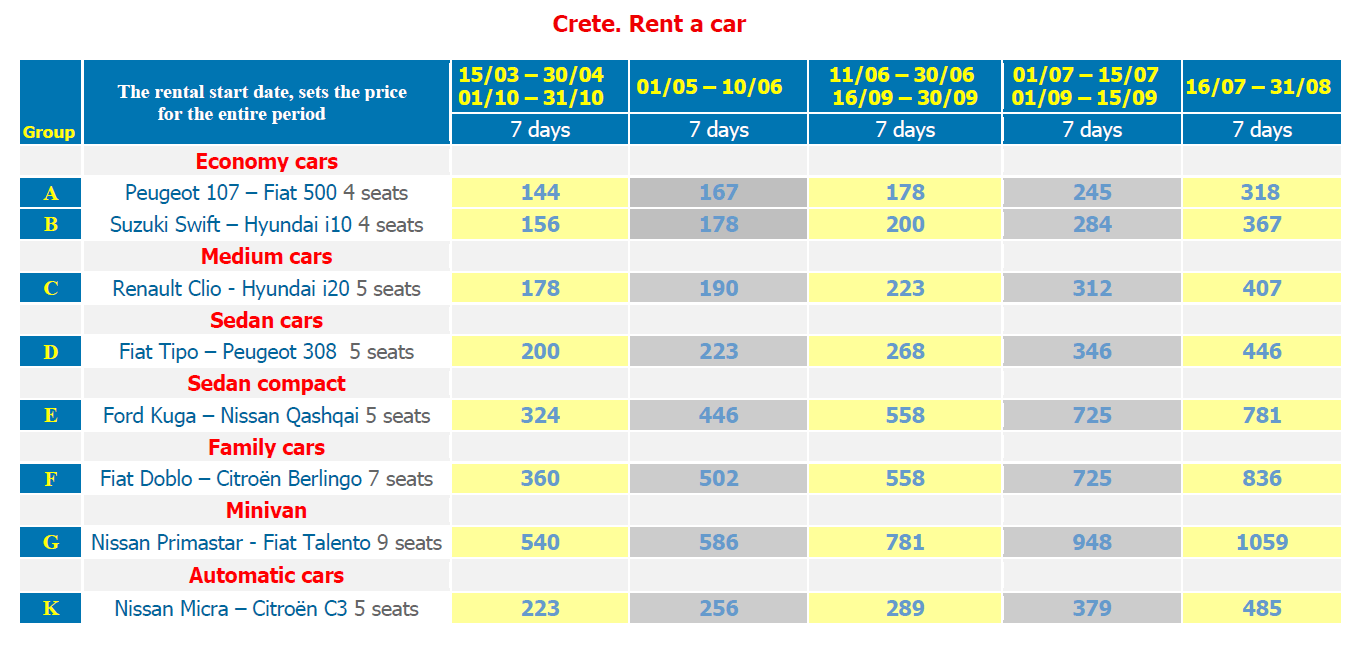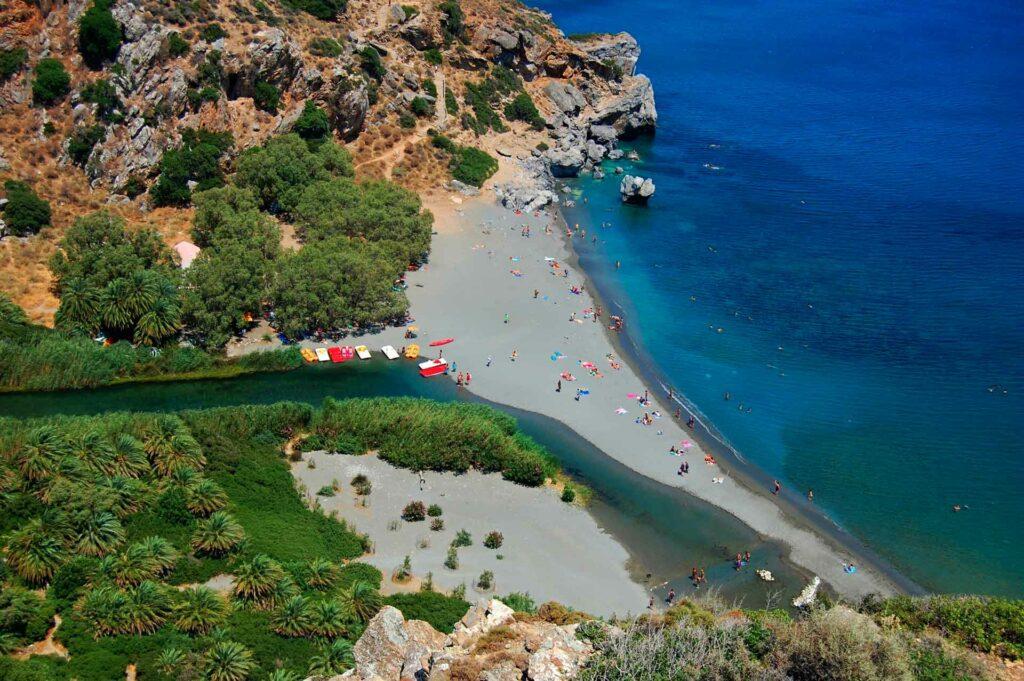Home » BLOG » Cities of Crete » Heraklion Town
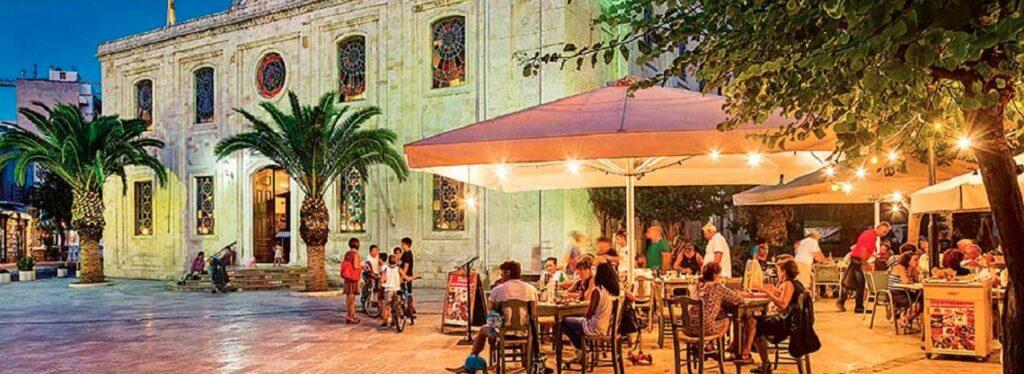
Heraklion town, Crete
A brief history
City map of Heraklion
To see: : Venetian fortifications and fort, church of St. Mark and St. Titus, loggia, Venetian fountains and Turkish fountain, tomb of Kazantzakis, harbour, arsenals, archaeological museum, historical and ethnographic museum.
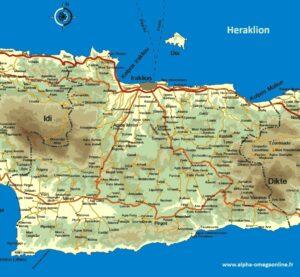
The history of Heraklion (Iraklio) is a concentrate of the history of the Mediterranean basin. Byzantine possession until 824, Sarazin Arabs until 961, Byzantine again until 1204 with the arrival of the Crusaders and the cession of the island of Crete to the Venetians who kept it until 1669.
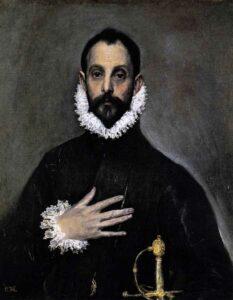
And finally Ottoman possession until 1898, when it was returned to the Greek fold. And all this, of course, after wars and massacres against a backdrop of religious wars.
It should be added, however, that during the 250 years of Venetian occupation, Heraklion, or rather Candia, the Venetian name for the town, became the centre of the island's political, economic and artistic life. The arts, architecture and literature flourished.
Candia's leading artistic figures were the painter Michael Damaskinos (the best representative of the Cretan school in terms of iconography) and Dominicos Theotokopoulos, or El Greco. He was already a famous painter when he left his home town to work in Europe.
The Venetian fortress
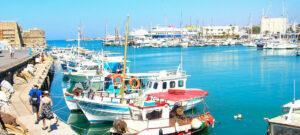
But Heraklion's most impressive monument is its Venetian city walls and the fort (Koules) that guarded the entrance to the port.
The Venetian fortress Rocca al Mare stands proudly at the northern end of the port. It was built in the mid-13th century, but was destroyed in the earthquake of 1303. The building you see today was built in 1523, as the inscription above its entrance shows.
Stop for a moment on its south-western rampart, the Martinego rampart, as the Venetians called it, in front of the tomb where Nikos Kazantzakis, one of the greatest Greek writers, known all over the world especially for his novel "Life and Manners of Alexis Zorba". The following words are engraved on the column of his tombstone: "I hope for nothing, I fear nothing, I am free". I hope for nothing, I fear nothing, I am free’..
A stroll through the old town
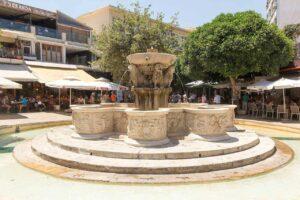
Eleftheriou Venizelou Square, which the locals call Liondaria (Lions), is the best starting point for visiting the city. In the centre of this small triangular square, the Morosini fountain , was built in 1628 by the Venetian governor of the city, Francisco Morosini, and has been preserved in its original location.
It is the heart of the city and a meeting place. Most of the shops around the square are pastry shops, cafeterias and small bars frequented by young people. You can taste the speciality bougatsa (sweet pie) at the "Kirkor" café.

Just opposite the square is the Loggia, the Society of Venetian noblemen, building was restored and now houses the Council Chamber of the Town Hall.
St. Mark's ChurchThe church was built in 1239, in the early years of Venetian rule. The patron saint of the Venetians had a very elegant church in Candia, adorned with remarkable frescoes.
, built in 1239, i.e. in the early years of Venetian rule. The patron saint of the Venetians had a very elegant church in Candia, decorated with remarkable frescoes, which the Turks of course destroyed when they turned the building into a mosque. But in 1915, the new owner, the city of Heraklion, restored it to its original form. Today, the building is used as an exhibition and reception hall.
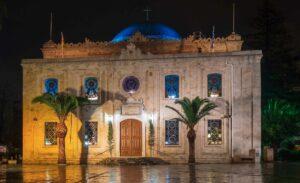
Behind the town hall is a pretty cobbled square, in the centre of which is the church of St Titus. The church was originally built in 10th century by the Byzantines. When the Venetians arrived, they transformed it into a Catholic cathedral. Until 1670, when the Turks, the new occupiers, turned it into a mosque and this until 1923, when it was again in Greek hands and all Muslim modifications were removed.
Museums
Opposite the square of the Morosini fountain is the pedestrian street Daedalus. This pedestrian street ends in Plateia Eleftherias (Freedom Square) where you will find the archaeological museum d’Héraklion.
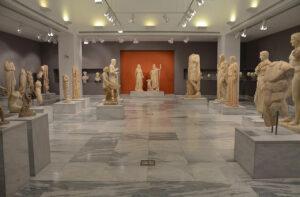
Ρecently renovated and houses the treasures of the Minoan civilization. A must see!
The history museum is housed in a magnificent neoclassical house donated for this purpose in 1952 by Andreas Kalokerinos, a wealthy and distinguished Iraqi. This unique museum is a treasure trove of extremely valuable historical artefacts, which are displayed in beautiful glass cases with proper lighting and numerous explanatory plaques in Greek and English. Here you will take an exciting journey through history, from the early Byzantine years in Crete (330 AD) to the Second World War.

Here you will take an exciting journey through history, from the early Byzantine years in Crete (330 AD) to the Second World War.
On the same square, you can see the church of St Minas, bulky and ungraceful. It is the seat of the Diocese of Crete. It was built at the end of the last century and is said to hold 8,000 people.
At the Vitzentzou Kornarou square you can drink water from the oldest fountain in Heraklion, the famous Bembo fountain. The fountain was built by the Venetian architect Gian Matteo Bembo in 1588, in which a headless statue from the Roman period is embedded. This was the first time that the inhabitants of Heraklion saw running water in the city, which underlines the value of the fountain.
If you prefer a coffee or a refreshing drink, there is an adjacent Turkish fountain which has been transformed into a refreshment bar!
(see our page: map of Heraklion area). (For buses timetables, see KTEL)
Rent a car in Greece: Crete (Heraklion, Chania, Rethymnon, Agios Nikolaos) – Athens – Rhodes – Corfu – Mykonos – Santorini – Thessaloniki – Preveza/Aktion/Lefkada – Patras/Araxos – Kalamata – Paros – Syros – Kos – Naxos – Lesbos – Thassos – Zakynthos/Zante

